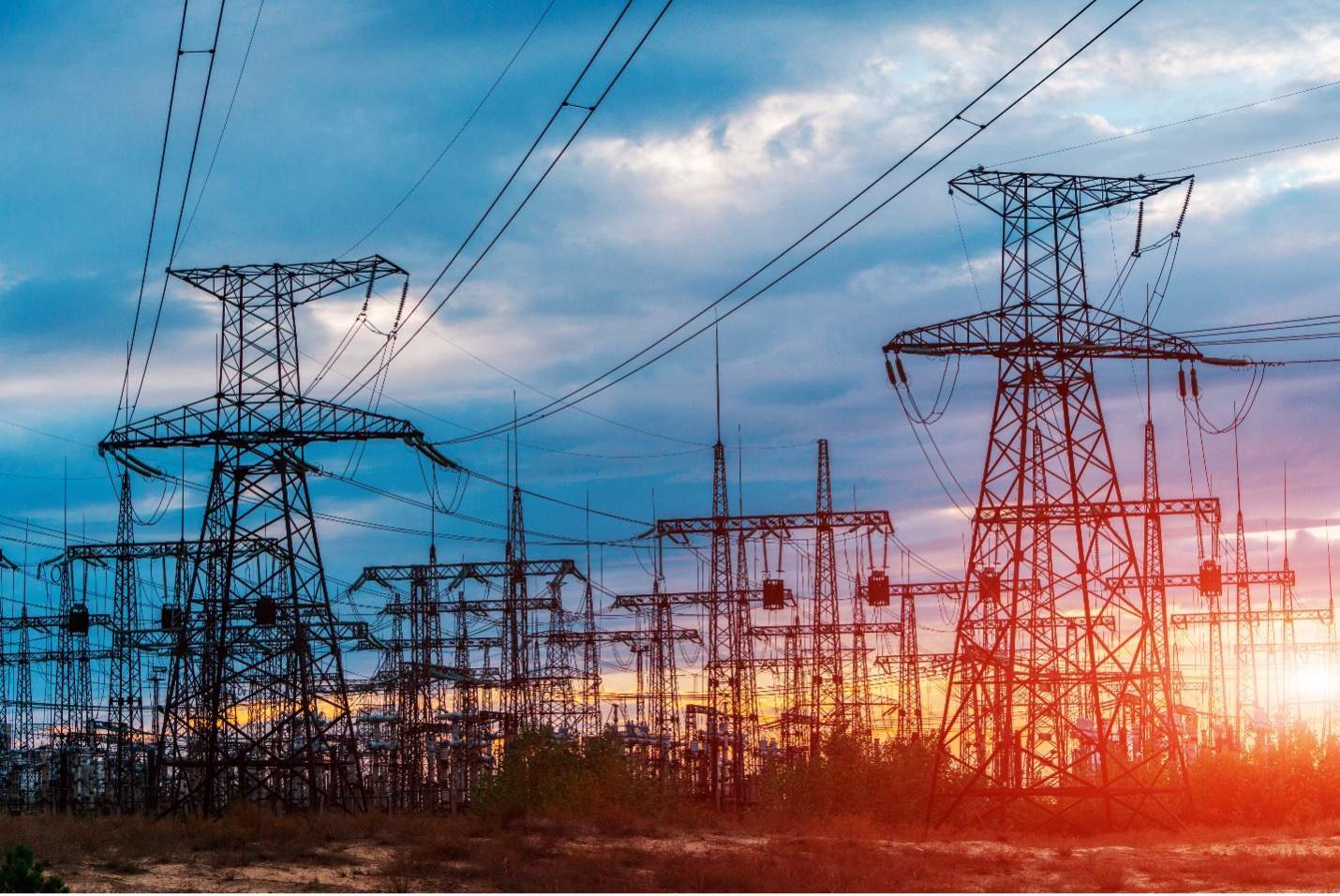Electrical Grid
What is the Electrical Grid?
The electrical grid, also known as the power grid, is a complex system that has been around for over 100 years, and it provides the electricity needed to power everything from industrial machines to household appliances. This is often referred to as the largest machine in the world, as it contains over eleven thousand power plants, three thousand utilities, and more than two million miles of power lines. The electric grid is comprised of three main components, those being generation, transmission, and distribution.

Electricity Generation
In most cases, electricity is not a naturally occurring energy source, so it must be created and refined using fossil fuels (such as coal or natural gas) or renewable energy sources (like sunlight and wind). Power plants are the main tool used in order to convert a primary energy source into electricity. While these power plants are highly efficient, they are often located far distances away from the areas in need of this electricity. The next piece of the electrical grid, transmission, solves this problem.
Electricity Transmission
The electricity being exported out of the power plants passes through a transformer located at a nearby transmission station, which uses step-up transformers to increase the voltage. Long distance, high voltage power lines are necessary in order to carry electricity to local distribution grids resulting in very little energy loss. These power lines are often seen above ground, on the side of roads, supported by giant metal towers. These lines are also bi-directional, meaning electricity can flow in both directions if needed.
Electricity Distribution
The distribution grid is the final component of the electrical grid. Once the transmission power lines carry the electricity closer to the consumer, substations containing step-down transformers are used to convert electricity to lower voltages. High voltages are unsafe for humans to handle, so once the conversion process is complete, distribution lines are used to deliver the electricity needed in order to power homes and businesses in the surrounding area.
The last stop on the electrical grid comes when it reaches the consumer. Despite being the biggest machine in the world, the electrical grid is often an afterthought until somewhere along the chain, something goes wrong, and we lose power to our homes, schools, buildings, or industries, causing a disruption. Electricity is used literally every second of every day, all year round. It has been so heavily ingrained in our culture that it has now become a crucial part of our everyday lives, which is what makes it so important.
Kilowatt-hours (kWh)
Kilowatt-hours (kWh) measure the total amount of energy that an appliance uses in kilowatts over the course of one hour.

